Products
- Articles coming soon
- Articles coming soon
Raw Materials
Processes
- Binding
- Collating
- Corner cutting
- Creasing
- Cutting
- Cutting to size
- Die-cutting
- Edge painting
- Flocking
- Foil stamping
- Folding
- Gluing
- Grommeting
- Hole drilling
- Hole punching
- Hot Stamping
- Laminating
- Numbering
- Padding
- Perfect binding
- Perforating
- Round cornering
- Saddle stitching
- Sealing
- Spiral binding
- Stapling
- Tabbing
- Show Remaining Articles (8) Collapse Articles
- Articles coming soon
- Articles coming soon
- Articles coming soon
- Articles coming soon
- Articles coming soon
- Articles coming soon
Operations
- Articles coming soon
- Articles coming soon
- Articles coming soon
- Articles coming soon
- Blistering or cockling
- Blowing in dryers
- Breaks, dryer section
- Build-up on dryers
- Curl in paper
- Cutting in dryers
- Dimensional stability
- Dryer area defects
- Dryer felts
- Dryer temperature control
- Dryer wraps
- Drying uniformity
- Evaporation rate, maintaining
- Felt tension control
- Hot dryer bearings
- Moisture streaks in dryers
- Over-drying
- Shrinkage control
- Uneven drying
- Air in the system
- Blotches in the sheet
- Breaks, wet end
- Crush
- Dirt in the sheet
- Drainage varying
- Grainy edges, reduction
- Holes in the sheet
- Pinholes, reducing
- Sheet sealing
- Stock jumping
- Stock skating on wire
- Stock sticking to wire
- Strings, elimination
- Watermarking with ring
- Wet/dry line moving
- Wire marks
- Articles coming soon
- Articles coming soon
- Articles coming soon
- Articles coming soon
- Articles coming soon
- Articles coming soon
- Breaks, press section
- Bulk improvement
- Crushing, press
- Leaking doctor blades
- Moisture profile
- Peeling, press rolls
- Pickup problems
- Pitch on doctor blades
- Press cuts/wrinkles
- Press picks
- Rewet problems
- Shadow marking
- Sheet blowing, press nips
- Sheet crushing
- Sheet following top press rolls
- Sheet stealing
- Vibration at press
- Water removal (CD)
- Water removal, wet press
- Wrinkles, press section
- Show Remaining Articles (1) Collapse Articles
- Annular rings
- Baggy rolls
- Bursting or cracked rolls
- Cleaner slitting
- Corrugations
- Corrugations, winders
- Defective splices
- Dust in rolls
- Dust in the rolls
- Good roll condition, off winder
- Hard and soft spots/ridges
- Interweaving
- Loose cores
- Loose paper, in roll
- Nicked edges
- Out-of-round rolls
- Reel or roll quality
- Rewound roll quality
- Run-in of slit rolls
- Shipping roll characteristics
- Snap-offs
- Soft edges
- Starred rolls
- Telescoping
- Turned edges
- Variable density rolls
- Winder cracks
- Winding requirements
- Wrinkles, winder
- Show Remaining Articles (10) Collapse Articles
Careers
Pulp & Paper Manufacturing
- Articles coming soon
Companies
Improved newsprint paper
Over the years, there has been a significant improvement in the quality of newsprint paper. The advancements in technology have enabled paper manufacturers to produce high-quality newsprint paper that is brighter, smoother, and more durable. The improved paper is ideal for printing high-quality images and text, making it perfect for newspapers, magazines, and other publications. Additionally, the improved paper is environmentally friendly, as it is made from recycled materials and uses less water and energy during production. Overall, the improved newsprint paper has revolutionized the printing industry, providing better quality and sustainability.
The development of high-quality newsprint paper has also had a positive impact on the publishing industry. With the ability to print high-resolution images and text, publishers have been able to create more visually appealing publications that attract readers and advertisers alike. This has helped to increase circulation and revenue for many publishers, who can now produce high-quality content without having to compromise on the quality of the paper they use.
Another benefit of the improved newsprint paper is its increased durability. The paper can withstand the rigors of high-speed printing and distribution, ensuring that publications arrive at their destinations in good condition. This has helped to reduce waste and improve the efficiency of the printing and distribution process.
In conclusion, the advancements in newsprint paper technology have transformed the printing industry. The improved quality and sustainability of the paper have enabled publishers to produce high-quality publications that are visually appealing and environmentally friendly. As technology continues to evolve, it is likely that we will see further improvements in the quality and sustainability of newsprint paper, paving the way for a more sustainable and efficient publishing industry.
One Response
Leave a Reply Cancel reply
You must be logged in to post a comment.

great!